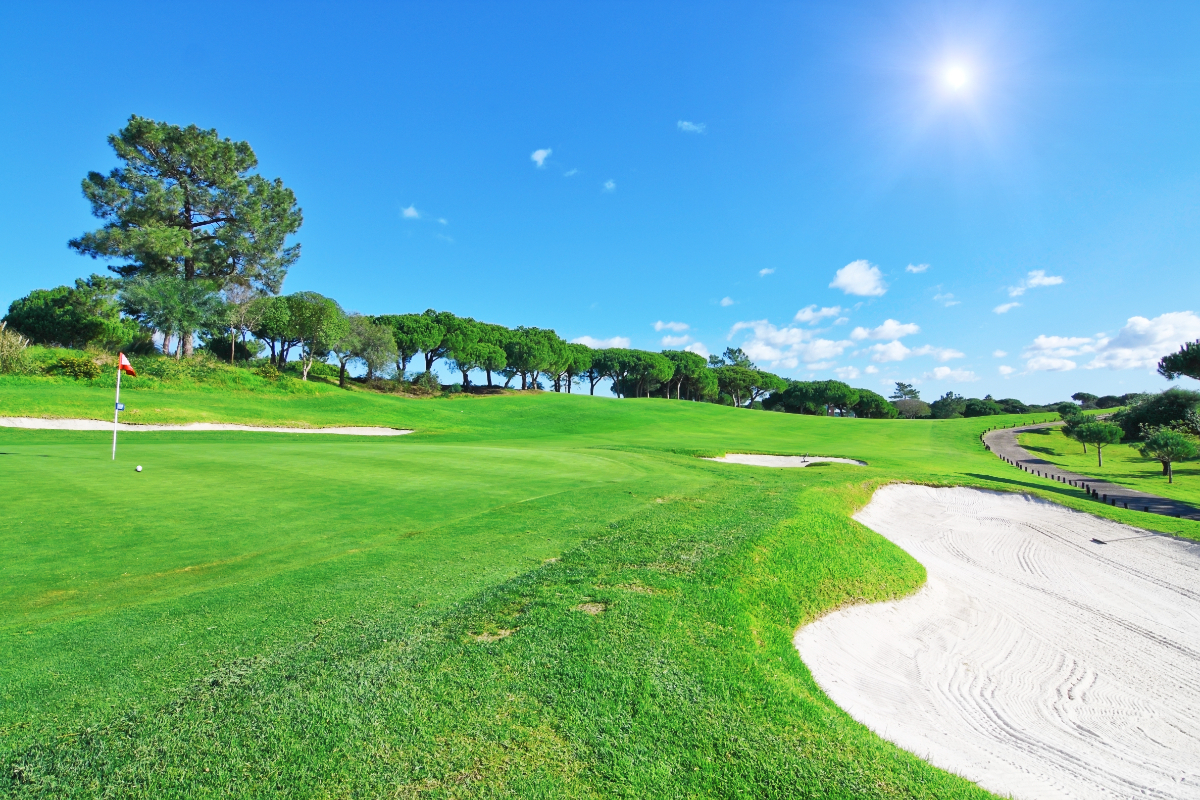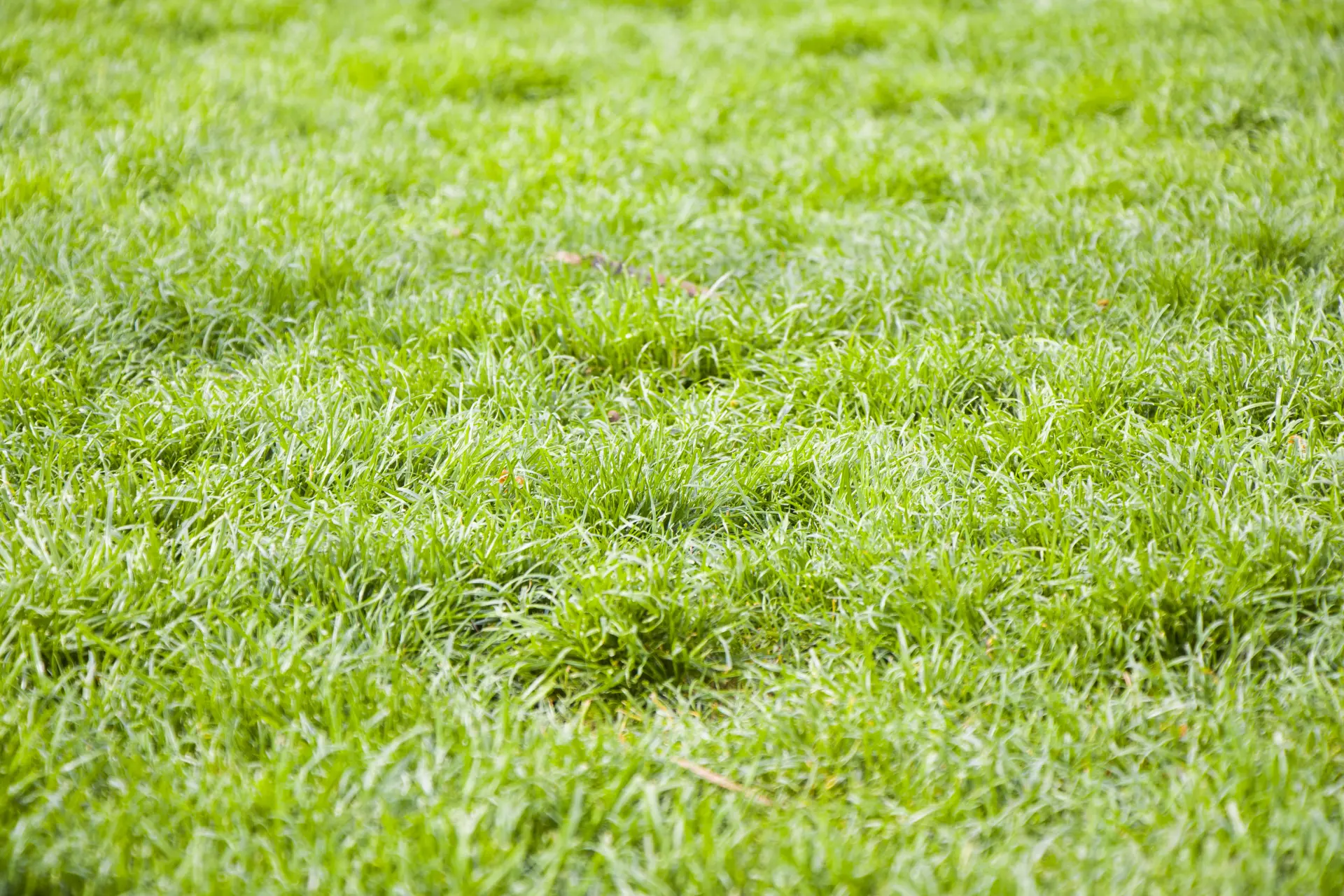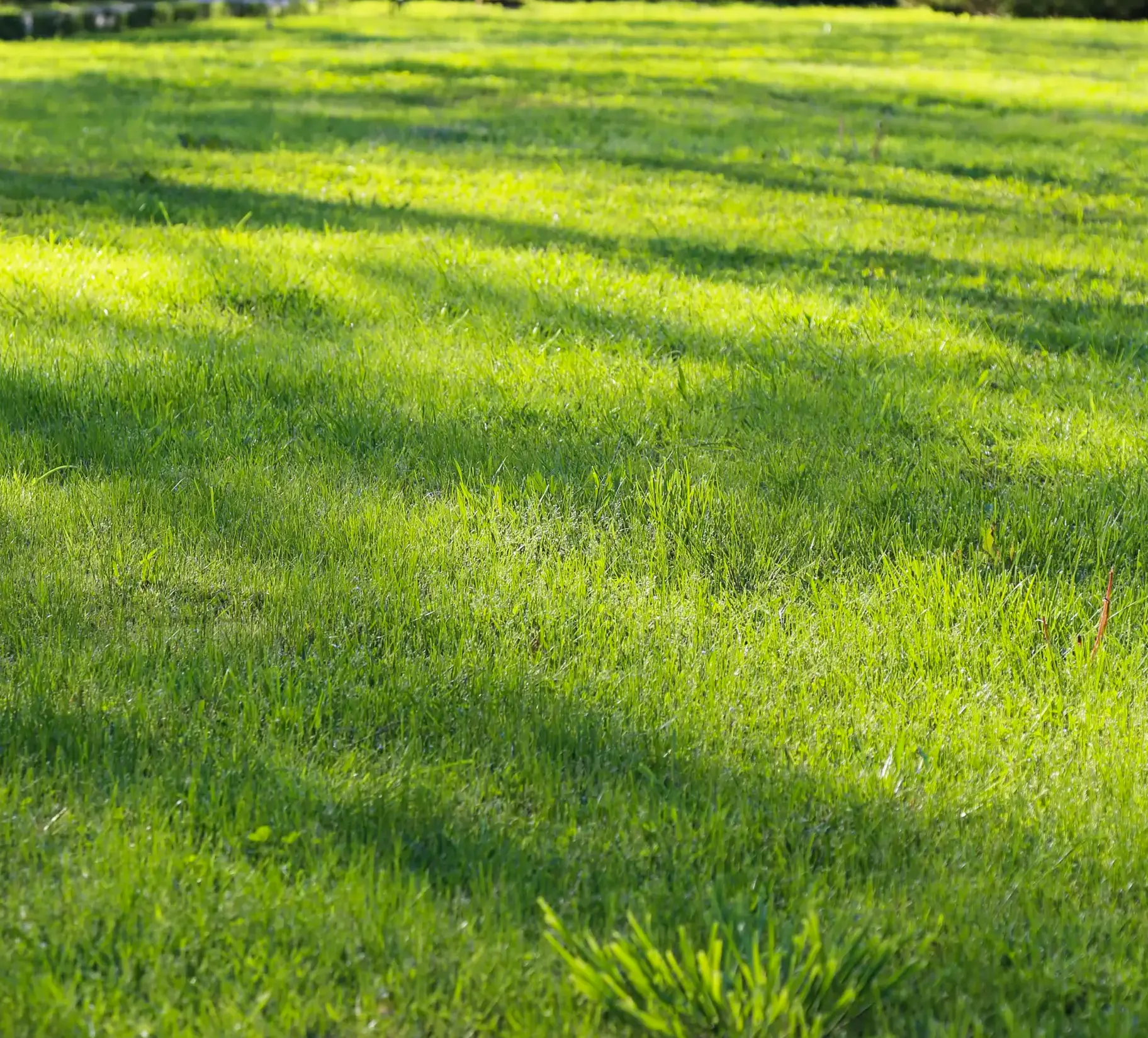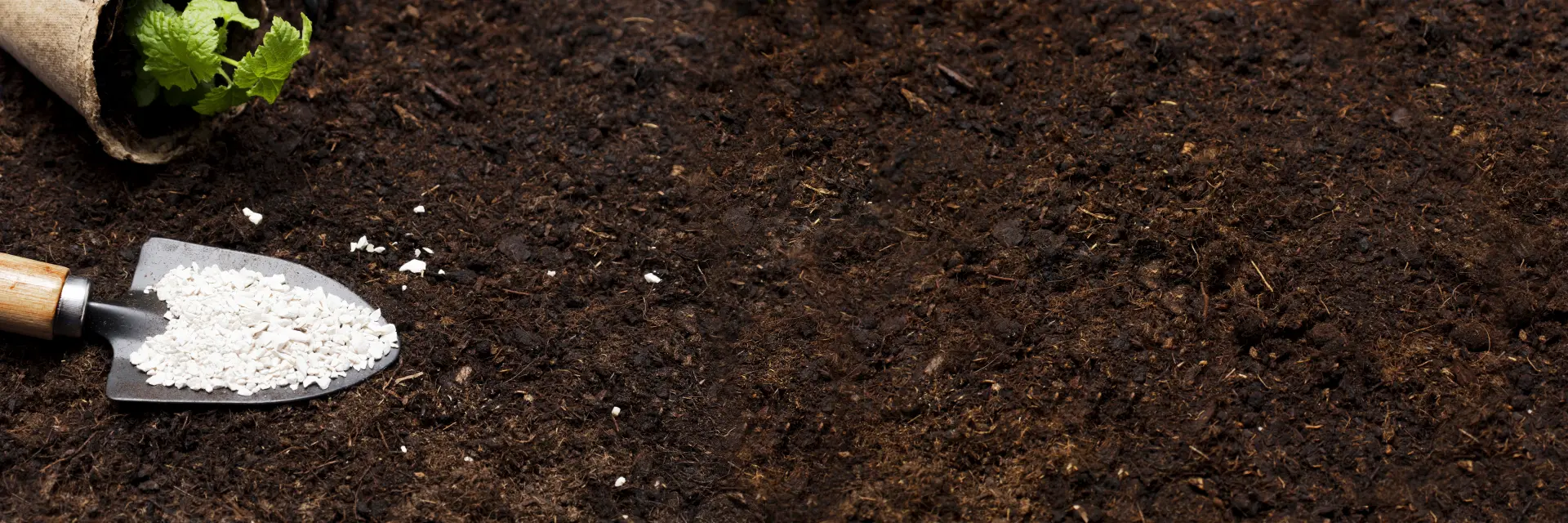Discover the best time to lay new turf on your golf course with our expert guidance. Achieve healthy, resilient grass by choosing the optimal seasons, soil conditions, and turf care techniques.
Why Timing Matters When Laying Turf
Timing is a crucial factor when laying turf on a golf course, as it directly affects the turf’s growth, strength, and long-term health. The best time of year to lay turf is generally during spring or early autumn when temperatures are mild, and the soil retains consistent moisture. These conditions help the turf establish roots quickly and evenly, resulting in a stable, well-anchored surface that enhances playability and appearance.
When new turf is laid during extreme conditions, either in the hot summer months or the cold winter, it can struggle to establish. High temperatures cause the soil to dry out, making it difficult for roots to develop, while frost and freezing conditions slow growth and increase the risk of disease. Turf laid at the right time, however, becomes well established and more resistant to weeds and pests, reducing maintenance work later in the year.
The Best Seasons for Laying Turf
Spring: A Strong Start for Growth
Spring, especially from March to early May, is an excellent season for laying turf in the UK. The soil begins to warm up after winter, and regular rainfall ensures sufficient moisture for quick root development. This combination helps the turf establish itself before the warmer, drier conditions of summer. By the time temperatures rise, the turf is strong enough to withstand dry spells and heavy foot traffic on the golf course.
During this period, make sure the soil is well prepared and level before laying turf. Apply quality turf products if necessary to improve soil structure and ensure good drainage. Regular watering after installation helps prevent the newly laid turf from drying out.

Autumn: The Perfect Window for Root Establishment
Mid-September through to late October is another ideal time for turf laying. Autumn soil retains warmth from summer while benefiting from increased rainfall, providing perfect conditions for strong root growth. Turf laid in autumn typically requires less watering and faces fewer challenges from weeds, insects, and high temperatures.
Autumn turf also benefits from cooler air temperatures, which reduce evaporation and help maintain essential soil moisture. By November, the grass should be well established, ready to endure the winter season.
The Challenges of Laying Turf in Summer or Winter
Although it’s possible to lay turf throughout the year, summer and winter can make it more difficult to achieve successful results. Turf laid during hot summer months often struggles due to dry soil and high temperatures, meaning watering becomes essential to keep the grass hydrated. The heat can also stress the turf, slowing root growth and increasing the chance of patchy or uneven coverage.
In contrast, laying turf in winter, especially between December and February, can delay establishment as cold soil slows root activity. Frost and excess rain can also damage the surface, making it harder to maintain. If winter installation is unavoidable, make sure to avoid frozen or waterlogged soil and take extra care to protect the newly laid turf from foot traffic until spring growth begins.
Soil Preparation and Turf Installation

Before you lay turf, proper soil preparation is essential for long-term success. Start by removing weeds, stones, and debris from the area.
Next, lightly till or aerate the soil to a depth of around 10–15 cm to improve drainage and air circulation. Applying a pre-turfing fertiliser can provide the nutrients the new grass needs to start growing strongly.
Level the surface carefully to avoid uneven patches that could affect mowing or gameplay. Once the soil is ready, lay the turf as soon as possible after delivery to keep it fresh.
Avoid leaving turf rolled up for more than a few hours, especially in warm weather, as this can cause the grass to overheat and dry out.
Moisture, Watering and Maintenance
After laying turf, consistent watering is crucial during the first few weeks. The soil should remain moist but not saturated. Watering early in the morning or late in the evening helps reduce evaporation and ensures the roots receive enough moisture. In dry conditions, it may be necessary to water daily for the first two to three weeks until the turf is well established.
Avoid walking or mowing on newly laid turf too soon, as this can compact the soil and damage developing roots. Wait until the grass has rooted firmly, usually after three to four weeks, before giving it a light mow. Set the mower blades high at first, gradually lowering them over time.
Understanding Weather Conditions and Turf Health
Weather conditions play a major role in turf establishment. In the UK, the months of April, September, and October often provide the most reliable balance of sunlight, rain, and temperature for new turf. However, if the season is particularly wet or dry, adjustments may be needed to ensure success.
Cold, wet conditions can increase the risk of disease, while dry, windy weather can cause the turf to lose moisture too quickly. Monitoring the weather and adjusting your maintenance schedule helps protect your investment and keeps the course looking its best throughout the year.
Laying New Turf On Your Golf Course
Choosing the best time to lay turf on your golf course can make all the difference to its appearance, performance, and maintenance requirements. Whether you lay turf in spring or autumn, ensure the soil is properly prepared, the turf is laid quickly, and consistent watering is applied. By following these steps, you’ll give your new lawn the best chance to grow strong, healthy, and ready for play.
With good planning, regular care, and the right weather conditions, your golf course will soon boast a lush, even, and resilient surface that enhances both playability and visual appeal.
We specialise in supplying high-quality turf and nutrient-rich topsoil for golf courses throughout Bradford, Halifax and North Yorkshire. We provide reliable delivery services and ensure you receive lush, healthy turf for your garden or landscape.




